

Matt Campbell
2025 Porsche 911 Carrera T review
5 Days Ago
It might cost $60k on the road, but 70 per cent of the first batch have already found buyers.

Senior Contributor
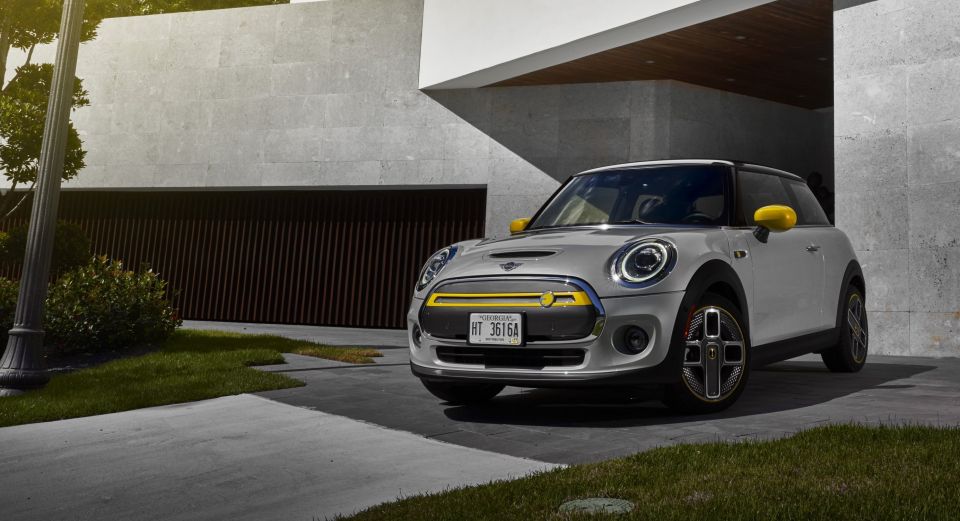

Senior Contributor
It’s not cheap, but 70 per cent of Australia’s first batch of Mini Electric hatchbacks has found a buyer within 24 hours of launch.
Granted, the first year’s allocation of First Edition models for our small market is between 90 and 100 cars. They’ll actually drive off the ships and hit dealer delivery lots in August.
Mini launched the electric vehicle this week for $59,900 drive-away, which makes it more expensive than larger five-door competitors such as the Nissan Leaf and Hyundai Ioniq.
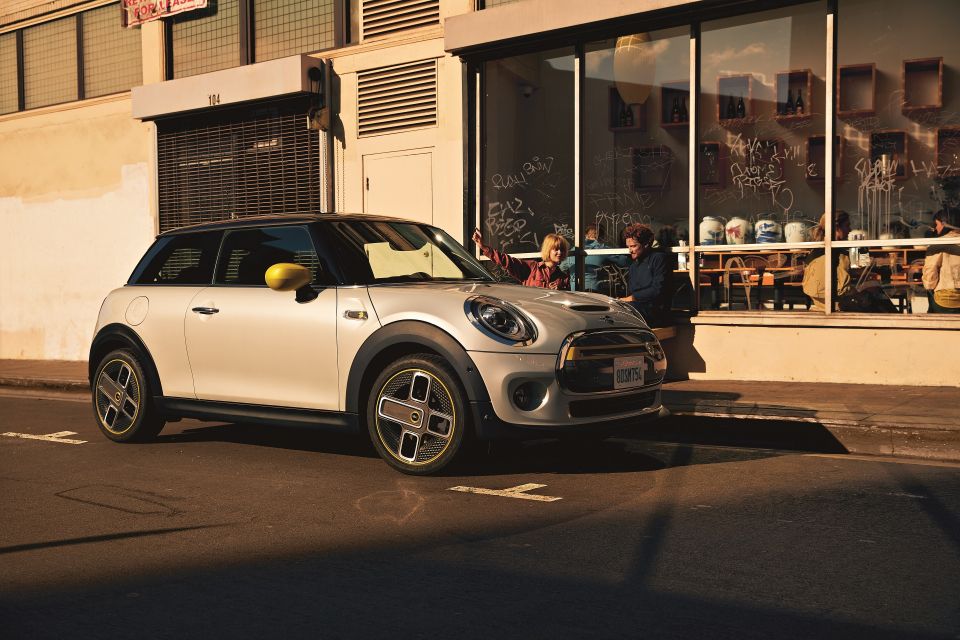

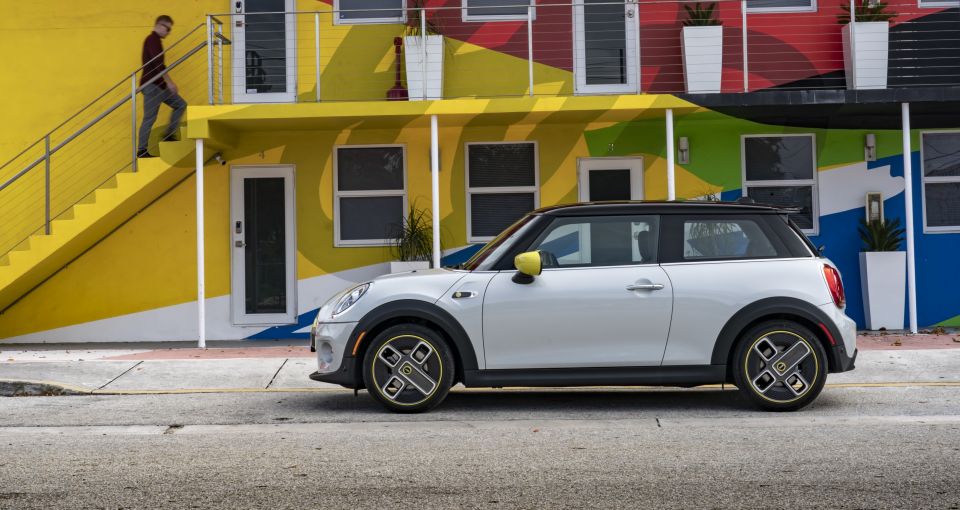
Mini opted to let prospective buyers configure their car online and place their deposit. There are four colours and wheel options to choose from.
For context, over the first four months of 2020 Nissan has sold 115 Leafs. VFACTs sales data shows that one-third of the way through the year, 878 EVs and PHEVs have found buyers – excluding Tesla, which unfortunately doesn’t disclose sales data.
Power for the Mini Electric, built on the same line as other Minis at the historic Oxford plant, comes from a front-mounted electric motor making 135kW of power and 270Nm of torque. The three-door hatch hits 100km/h in 7.3 seconds from standstill, with a top speed of 150km/h.
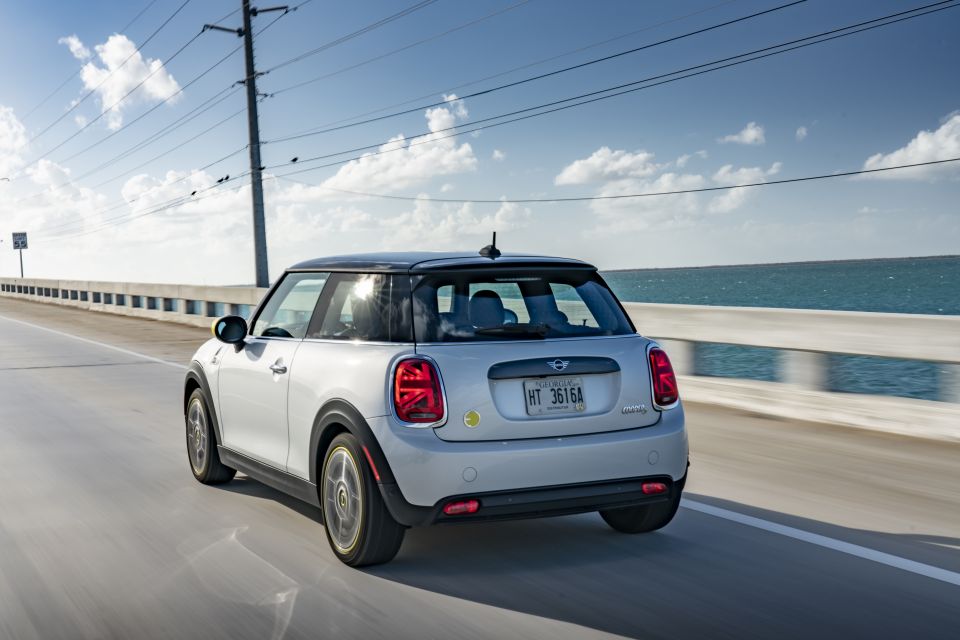
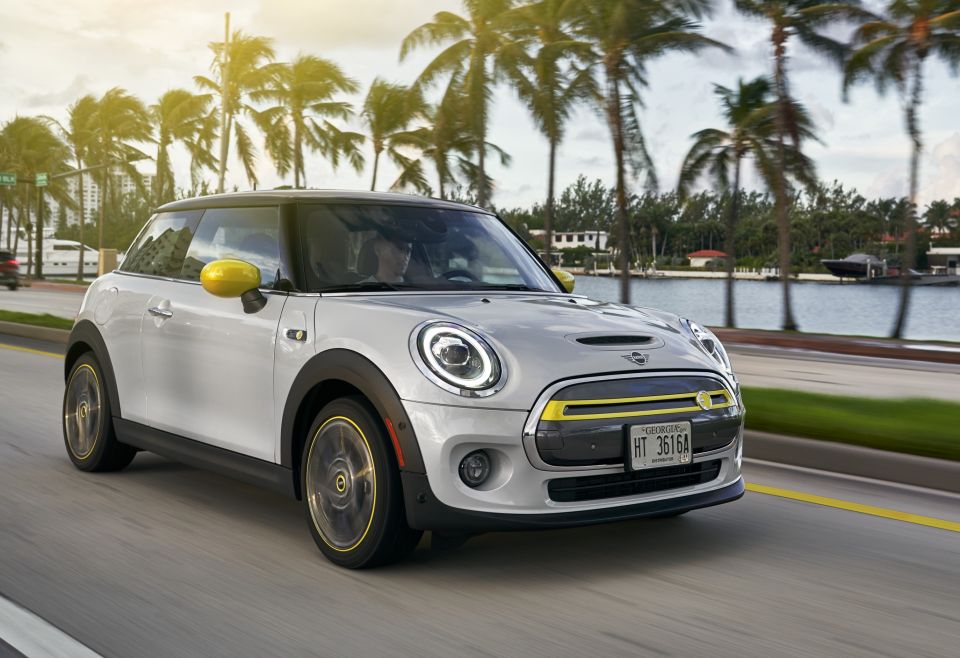
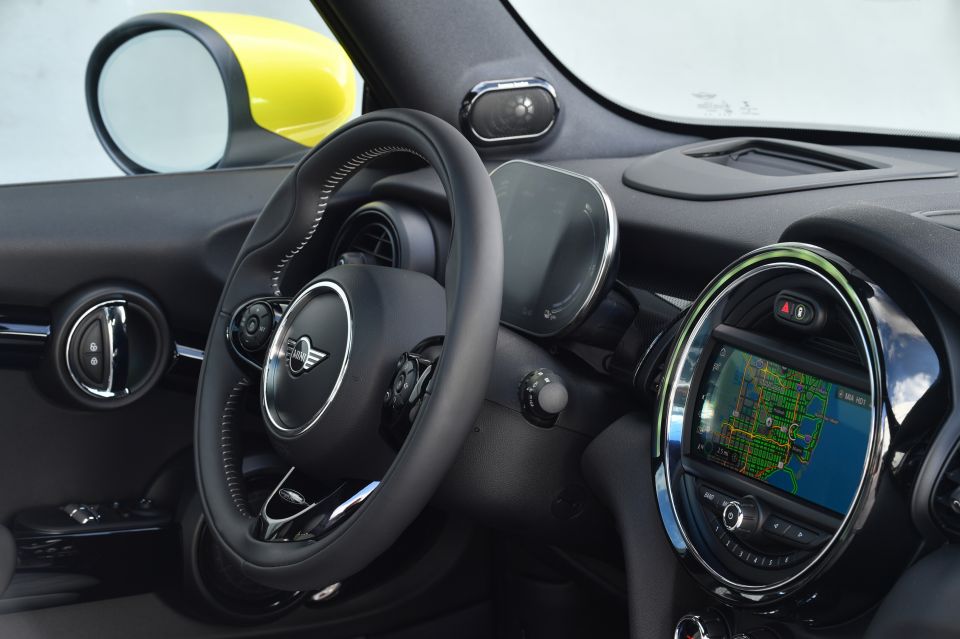
The motor is fed by a 32.6kWh lithium-ion battery pack, good for a claimed range of 233km. An 80 per cent charge will take 35 minutes using a 50kW DC fast charger.
It measures 3845mm long, 1727mm wide and 1432mm tall, with a 2495mm wheelbase. It weighs 1365kg, and has a claimed cargo capacity of 211L with the rear seats in place.
Standard equipment on the First Edition includes high-end features (to help justify the higher-than anticipated price, perhaps) adaptive LED headlights, a digital dashboard, head-up display, heated leather seats, and a Harman/Kardon surround-sound system.
Where expert car reviews meet expert car buying – CarExpert gives you trusted advice, personalised service and real savings on your next new car.


Matt Campbell
5 Days Ago


James Wong
4 Days Ago


Max Davies
3 Days Ago


Josh Nevett
2 Days Ago


Josh Nevett
1 Day Ago
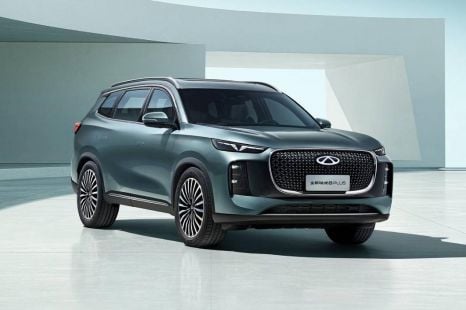

William Stopford
12 Hours Ago